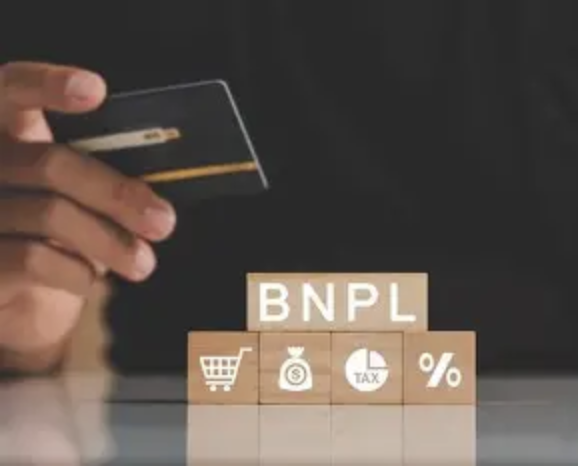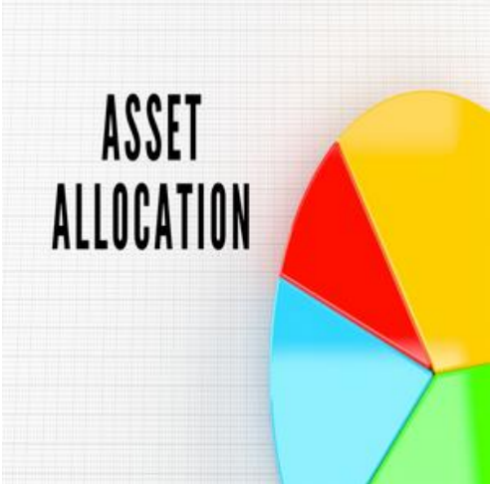For affluent shoppers, the “Buy Now, Pay Later” (BNPL) system offers simplicity by breaking down purchases into interest-free payments. However, beneath this attractive surface lies complexities that can transform it from a useful option into an unrecognized burden.
The Unseen Credit Impact
People often believe that BNPL won't affect their credit ratings, but some companies do report late payments to credit bureaus. Additionally, late fees—typically between $10 and $30 for missed payments—can tarnish a credit report. Users with significant assets who aim to keep their credit flawless for major expenditures like real estate or business loans risk their future financial plans due to these unnoticed blemishes.
Misleading Spending Perception
By dividing a hefty price into smaller, more digestible payments, such as turning $1,200 designer luggage into $200 per month, BNPL alters the way individuals perceive expenses. This psychological strategy reduces the discomfort associated with spending, encouraging users to indulge in unnecessary purchases. Over time, juggling various BNPL agreements—such as for a watch, a trip, or home decoration—can lead to mounting monthly payments, often without users realizing how much they are overspending until the bills arrive.

Limited Buyer Protections
Unlike credit cards, which frequently provide fraud protection, enable chargebacks for defective items, or offer reward points, BNPL options typically lack these advantages. If a product is damaged or if a seller deceives a buyer, resolving these issues with a BNPL service can be more complex and take longer. For those who value smooth transactions, this absence of protection introduces unwarranted risks to their purchases.

The “Snowball” Effect of Small Debts
While one BNPL agreement might seem insignificant, combining several can lead to a “debt snowball.” For instance, monthly payments of $150 for a laptop, $100 for clothing, and $75 for dining ultimately total $325 monthly—funds that might otherwise contribute to savings or high-yield investments. Individuals with disposable income may find that the convenience of BNPL leads them to underestimate how these small debts diminish their long-term financial growth.
BNPL confines users to fixed monthly payments over weeks or months. Should an unexpected cost arise—like a car repair or a medical bill—these predetermined payments can restrict their financial flexibility. Wealthy individuals often cherish the ability to be financially nimble to take advantage of sudden opportunities, such as a last-minute investment or business opportunity, and the set payment plans of BNPL may obstruct that freedom.
When BNPL Is Beneficial
BNPL is not always negative; it can be advantageous for planned, necessary purchases (like a work laptop) as long as users commit to timely payments and avoid accumulating multiple plans. Those who utilize it thoughtfully—viewing payments as a form of self-imposed budgeting instead of an invitation to overspend—can manage their cash flow effectively. The secret is to distinguish between “planned convenience” and “impulsive spending.” For high-spending consumers, the value of BNPL hinges on awareness: recognizing its hidden dangers, being mindful of expenditures, and prioritizing long-term financial objectives over short-term comfort.





